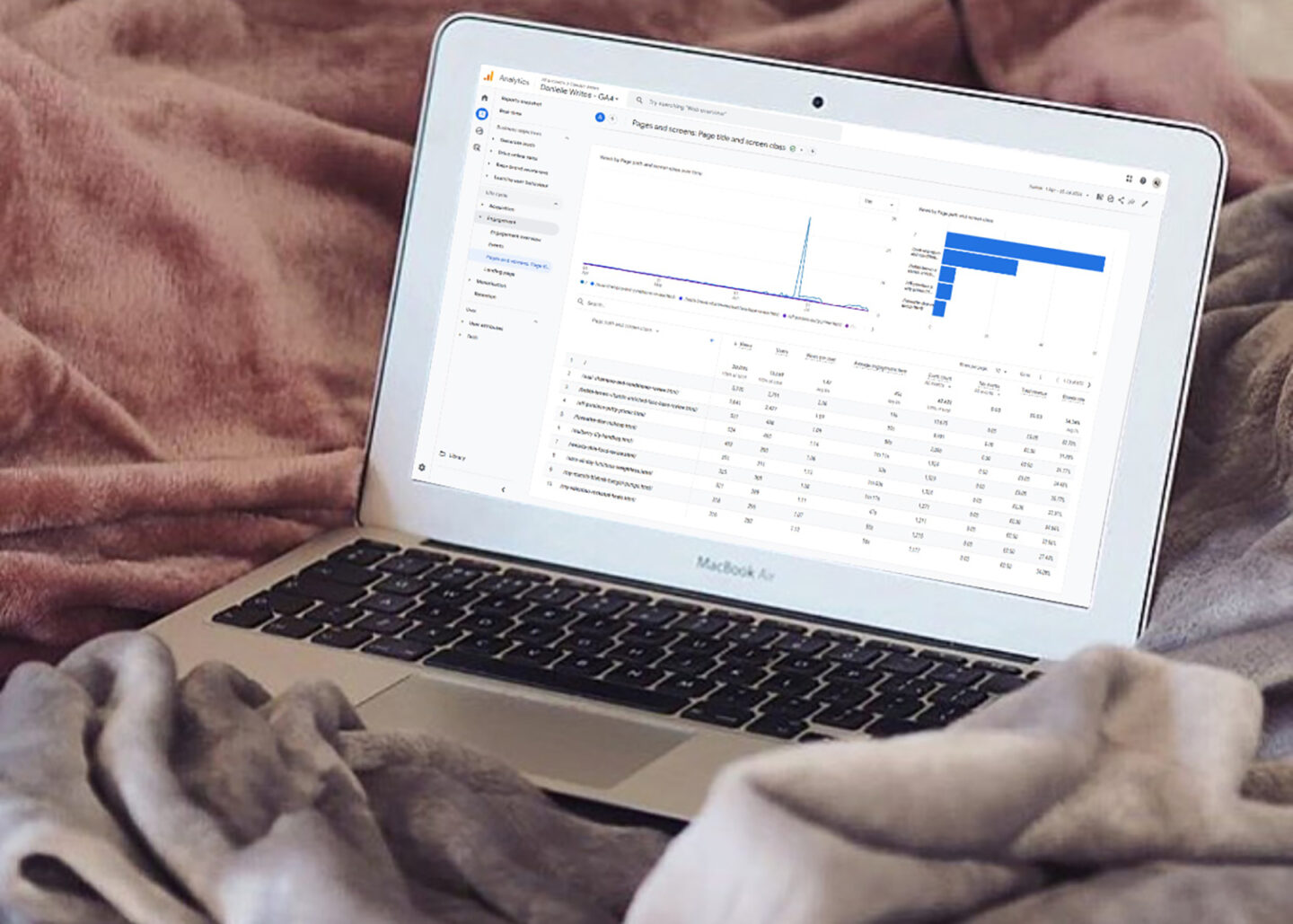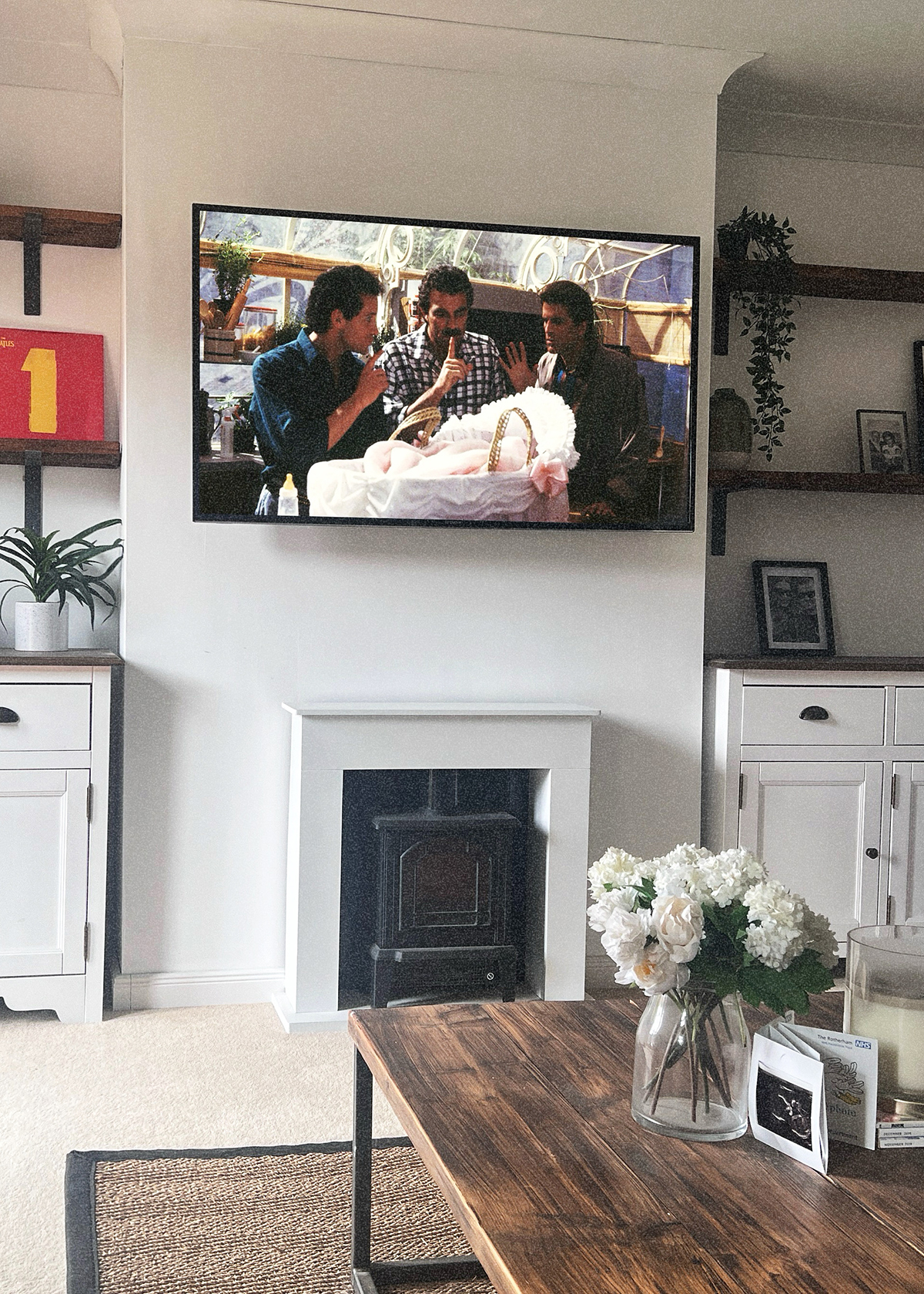As I have shared before here on my site, away from my blog I work in marketing full time. I started out many years ago and during that time I have climbed the ladder and learnt all there is to know about the blogging space. With that said, one of the areas where I specialise is digital marketing and more specifically monitoring web performance.
With that said, I wanted to sit down and share with you guys a post all about the stats that I measure on my site and why I chose to monitor those things closely over the endless other metrics that you can check these days.

Users.
One of the first things that I track on my site is the number of users. This is a clear indication of the overall popularity of my site and the number of people I am bringing to my pages each day. I can then drill it down even further. I can look into whether the visitors are new or returning, the time that they spend on my site and how they navigate around my site while they are present.
Page visitors.
Similar to the above, one of the things that I always monitor is page visitors. The reason for this is because it allows me to easily see which pages have high traffic volumes and where return visitors are continuing to return to. From analysing the highly popular pages, I am able to change my content plan to create new posts which may have the same level of success as those that receive multiple page visitors.
Traffic sources.
When you click into Google Analytics, you can look into your traffic sources. This is how people found your site. Typically, it is broken down into organic, paid, social, referral and direct. For me, by analysing this, I can set a plan in place to make improvements. For me, it is all about increasing my organic visitors so that less effort and actions are required to come to my site as they are naturally finding their way.
Bounce rate.
Monitoring bounce rate has always been one of the key metrics that I chose to follow. The reason why I monitor this so closely is because I don’t want anybody coming to my site, taking a quick gander around and then going away because they didn’t see anything that appealed to them. From analysing my bounce rate and the pages that it occurs, I can implement changes within a page to further capture peoples attention and ensure that they linger on my site for longer.
Site speed.
As the years have passed by and Google change the benchmarks about what a site is measured against, site speed has become increasingly important. If a site is seen as slow and sluggish, it will have a negative impact on SEO. Due to this, I make sure that once per month, I carry out a complete overview of my entire sites speed on each page. From there, I can implement changes to improve, optimise and streamline my site.
Tech breakdown.
Over the years, one of the biggest shifts that I have seen in my blog and online traffic is where the people are coming from and the devices that they are using. Over 10 years ago when I first started blogging, almost 100% of my traffic was coming from people on desktop computers. Because of that, I generated and optimised my site for desktop primarily. However, as the years have gone by, I now get 80% of my traffic from mobile users and that is incredibly important to know when planning and mapping out the UX of your site.
Exit sources.
The final thing that I am going to mention in this post is the pages on my site where people are exiting. This isn’t deemed a bounce; this is the final step on a person’s journey when they are on my site. By looking at this, I can analyse if there is a specific place where people are beginning to tune out and leave the site. From here, I will often work on optimising these pages to engage people for a little longer.
As always, I hope you guys enjoyed reading this post and if you are looking for what metrics to monitor of your own site, that this post gives you a few pointers. I truly do believe that you can only truly optimise and improve your site if you are aware of your start point. To me, step one is always reviewing where you are so that you can forge a path to where you want to go.






